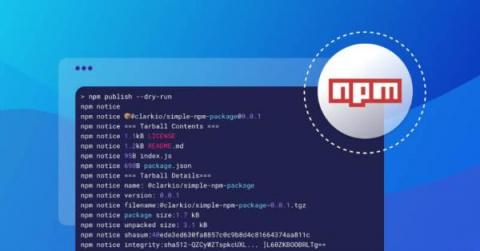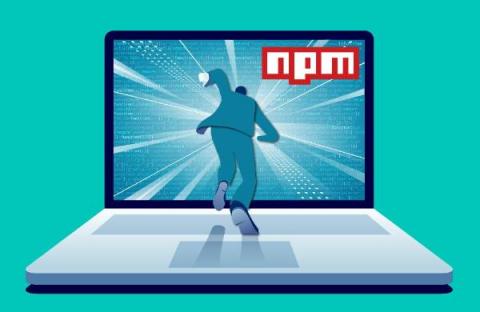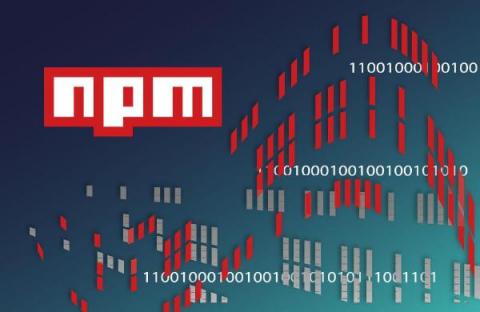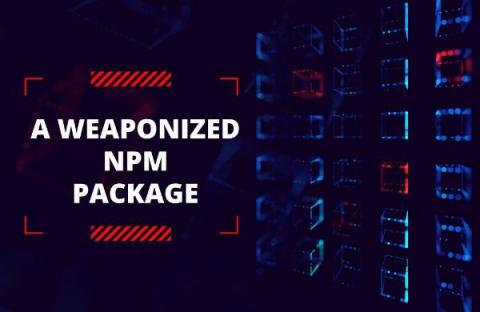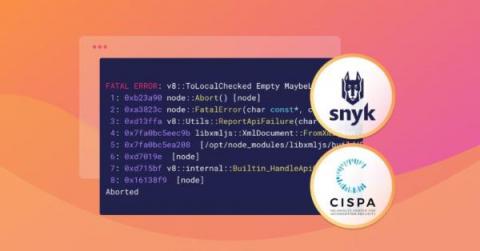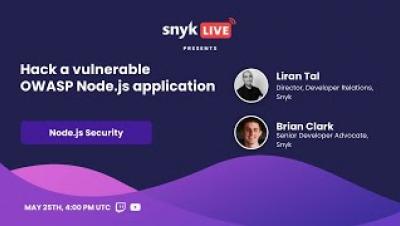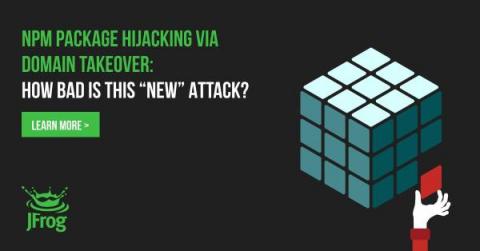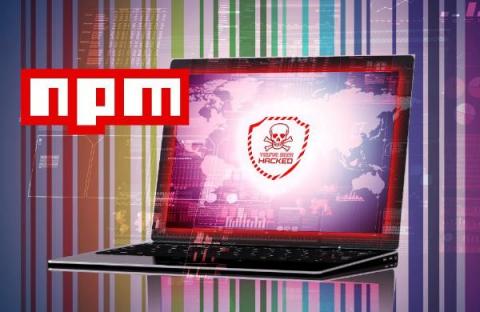10 best practices to containerize Node.js web applications with Docker
September 14, 2022: Check out our new and improved cheat sheet for containerizing Node.js web applications with Docker! Are you looking for best practices on how to build Node.js Docker images for your web applications? Then you’ve come to the right place! The following article provides production-grade guidelines for building optimized and secure Node.js Docker images. You’ll find it helpful regardless of the Node.js application you aim to build.


